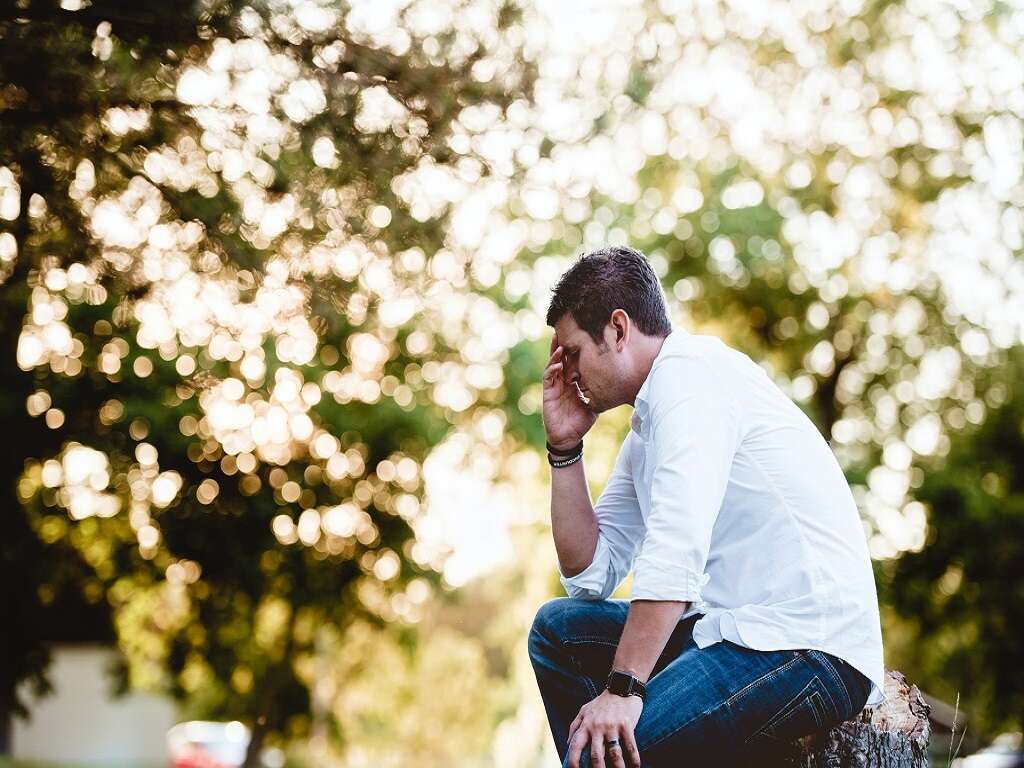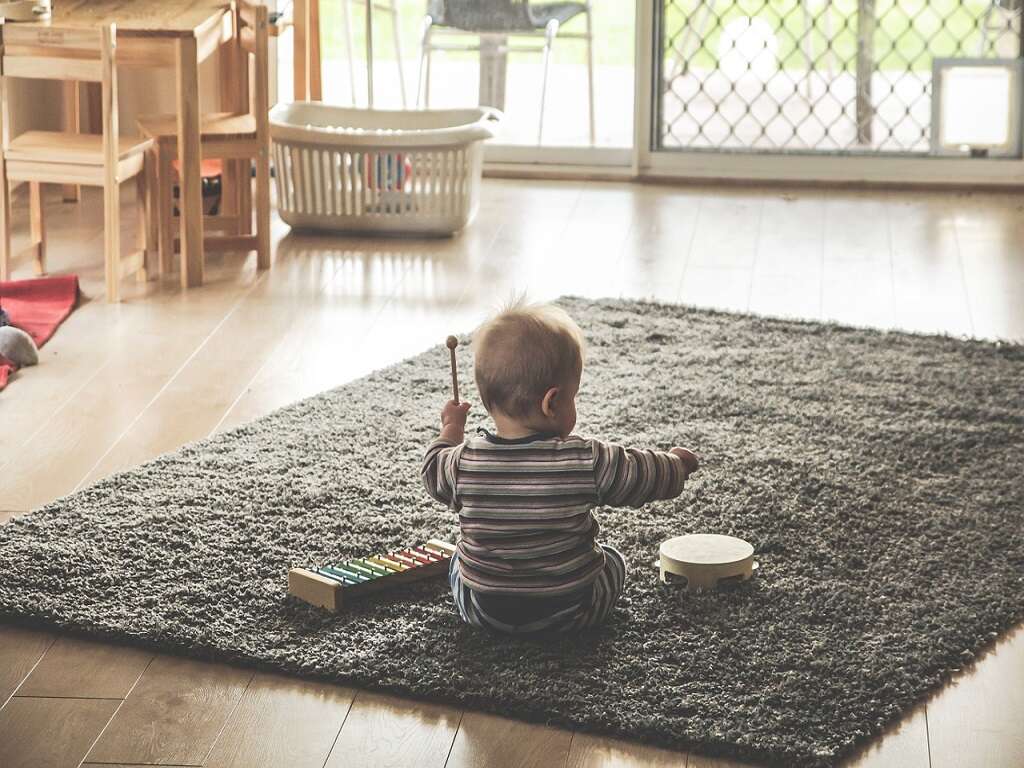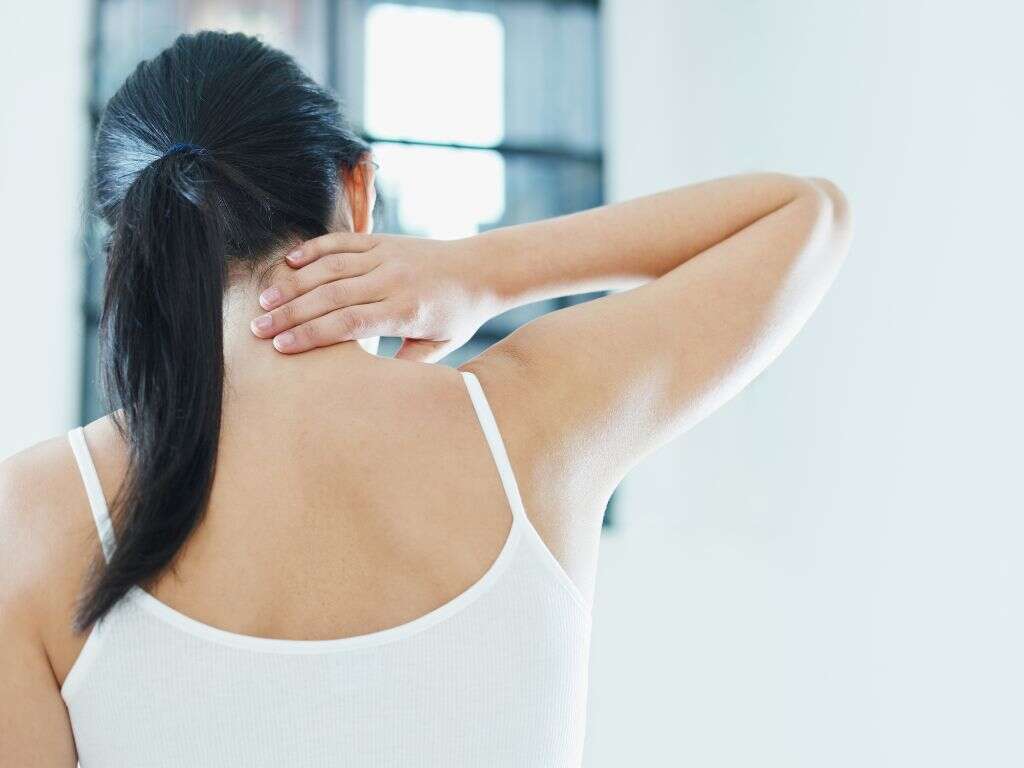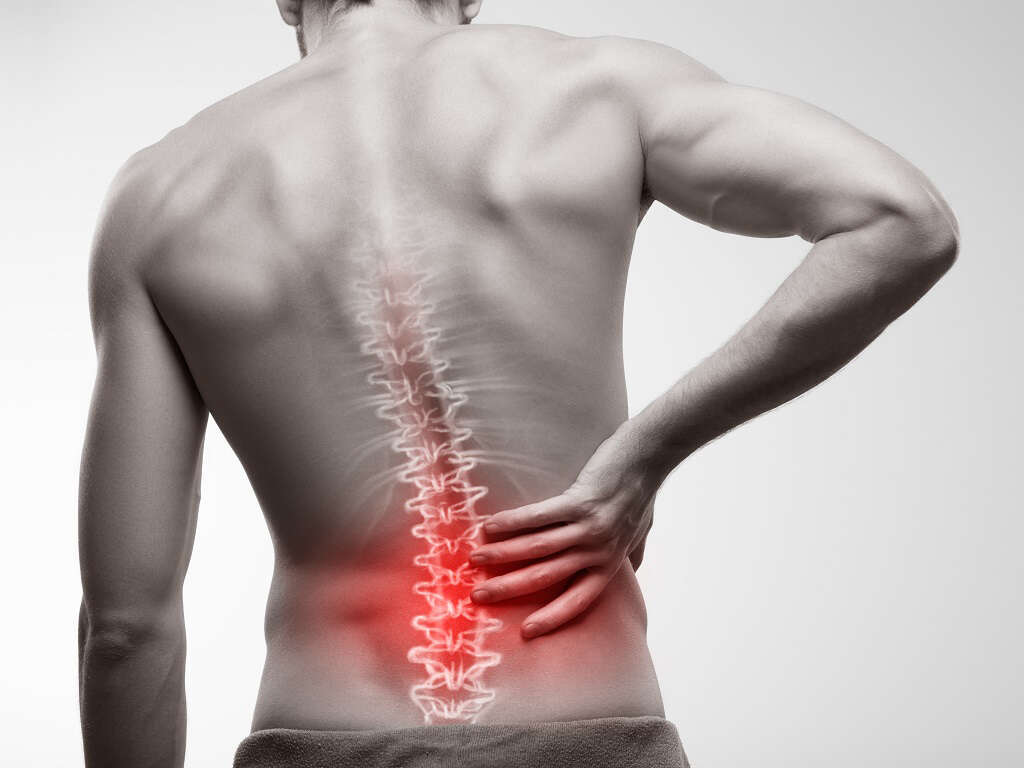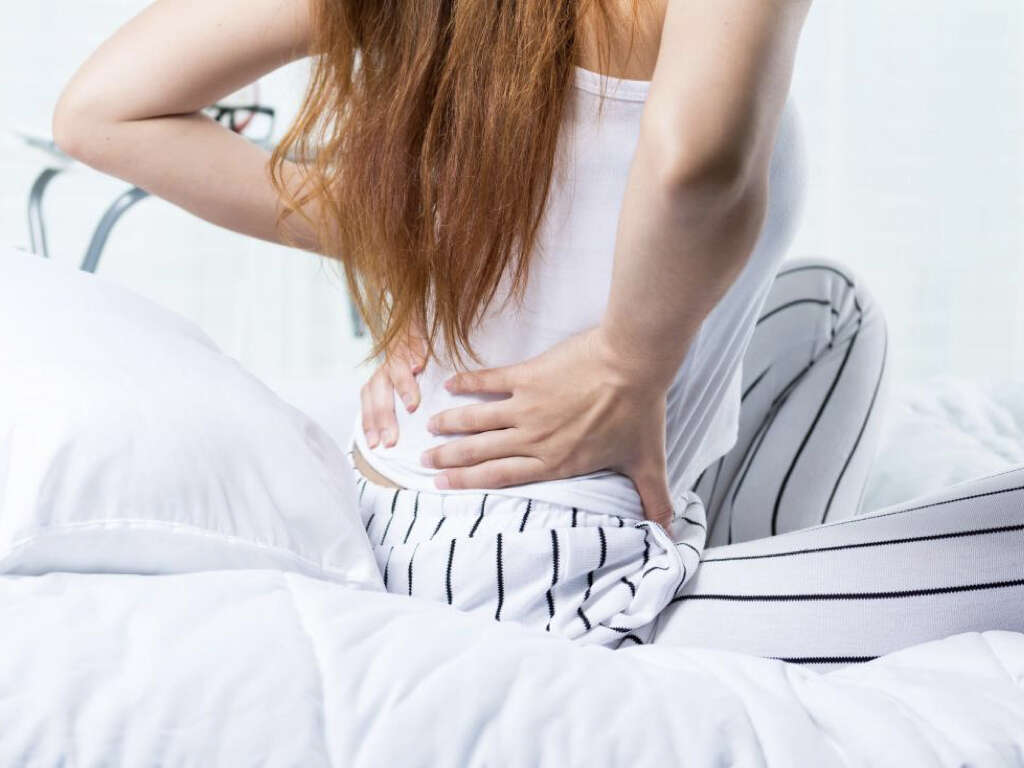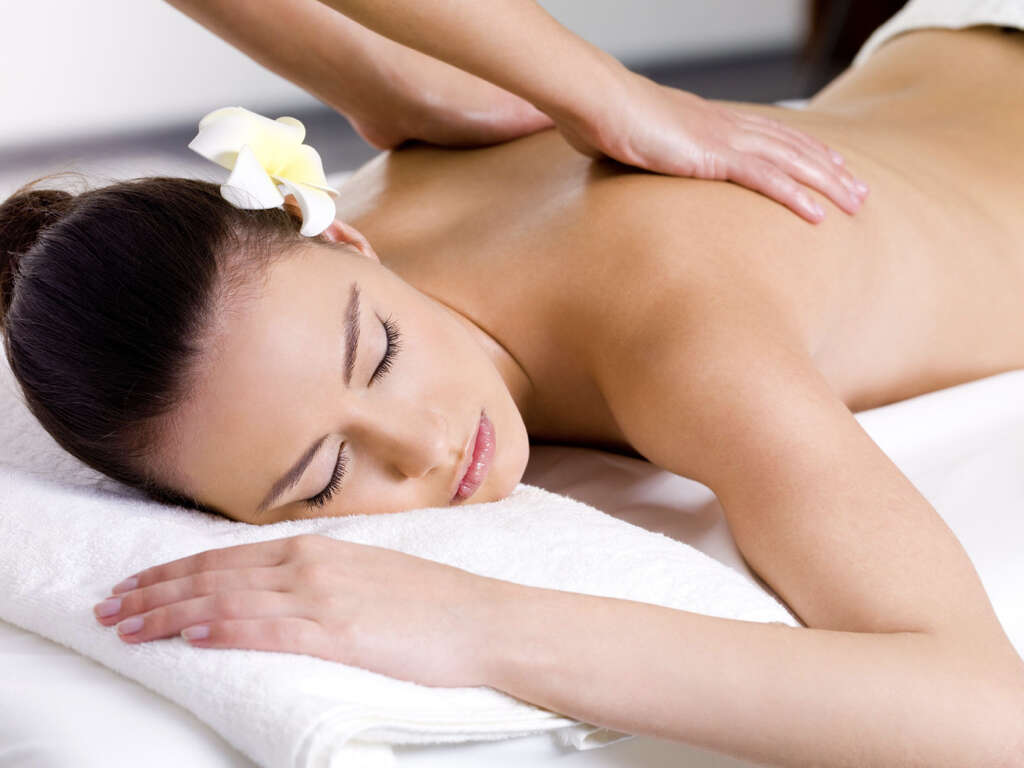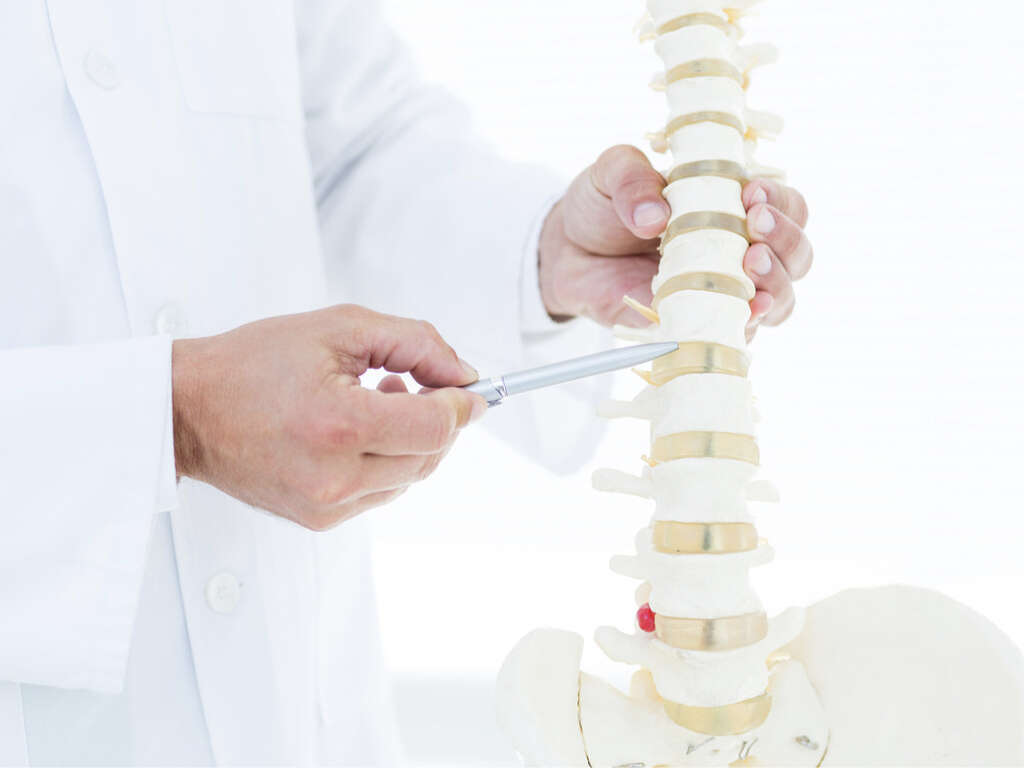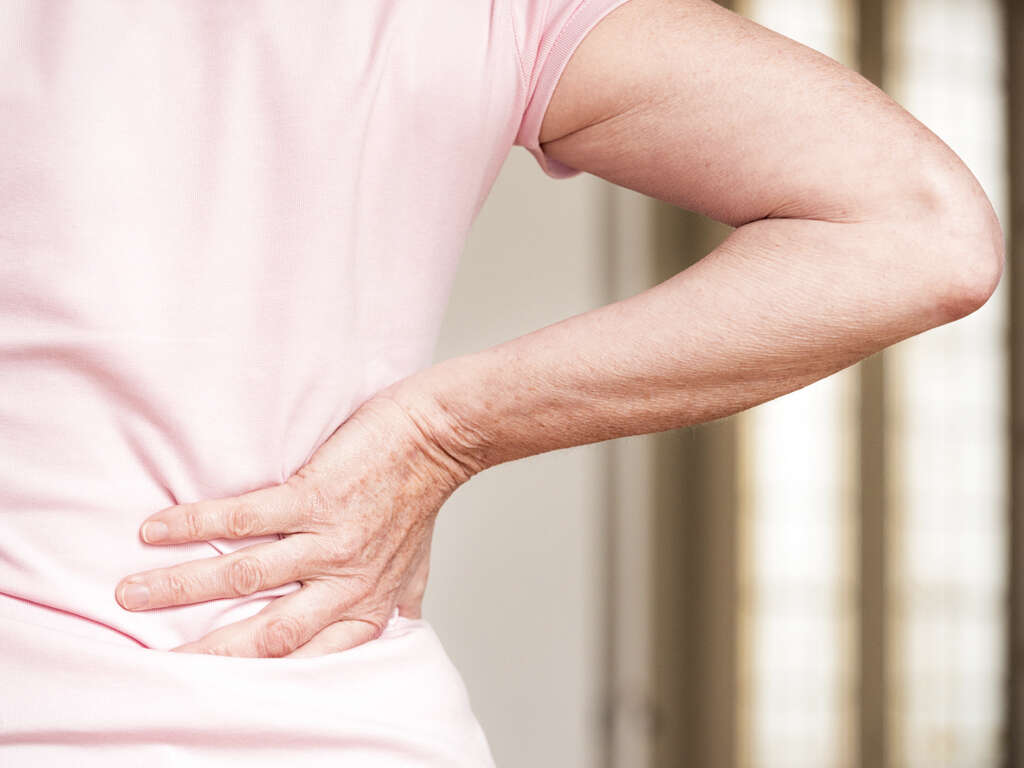10 Spinal Stenosis Symptoms
The spine consists of 33 vertebrae: 7 cervical, 12 thoracic, 5 lumbar, 5 sacral, and 4 coccygeal. The spine has natural curves known as kyphosis and lordosis. These curves are important to help balance the body and for humans to stand upright. in the spine, there are small spaces that allow the nerves to travel in and out the spinal column. Spinal stenosis occurs when these spaces become narrow and increases the pressure on the nerves that travel through the vertebral column. It is most commonly caused by changes in the spine due to wear and tear and is associated with osteoarthritis.
In severe cases, surgery may be required to free the entrapped nerves for pain relief and return to mobility. The two main types of spinal stenosis is classified based on the location: cervical stenosis (in the neck) and lumbar stenosis (in the lower back). While many patients have stenosis seen on medical imaging such as magnetic resonance imaging (MRI) or computed tomography (CT) scan, not all patients experience symptoms. Symptoms of spinal stenosis have a gradual onset and worsen over time. The symptoms also vary depending on the location and nerves affected.
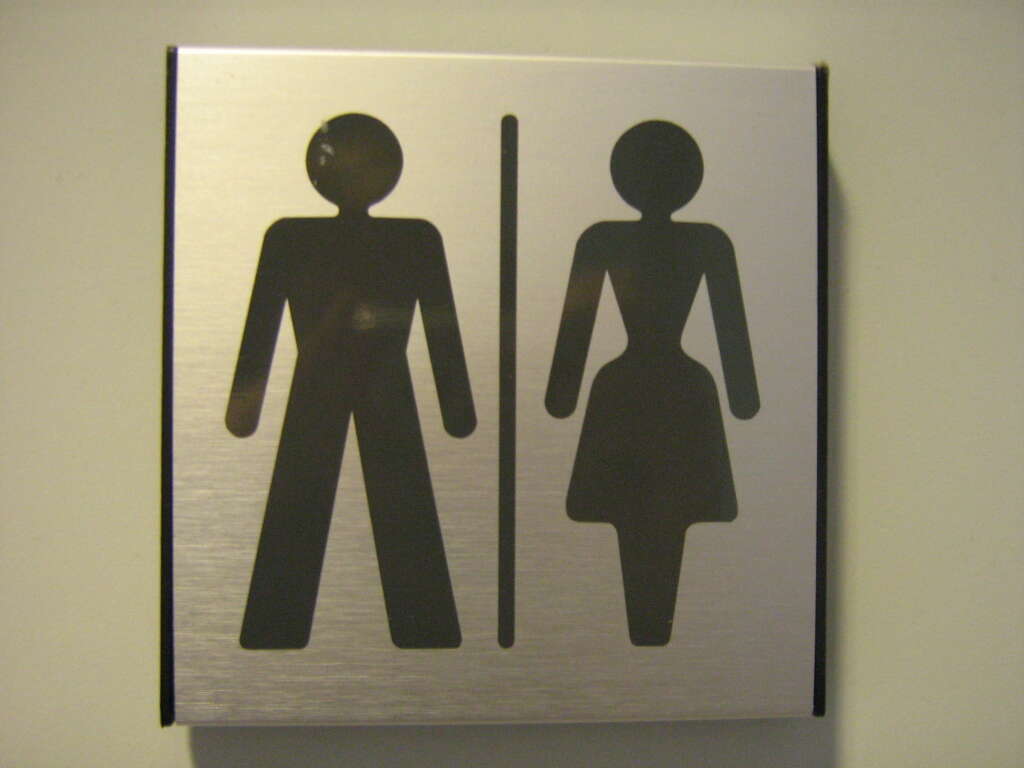
Symptom #1: Difficulty Walking
One of the commonest symptoms for spinal stenosis is difficulty or pain during walking. This pain can be felt in the leg. This is a condition that is known as pseudo claudication where the pain begins and worsens during activity and is alleviated at rest. Due to the increased pain, the daily routines of patients with spinal stenosis are affected. Their activity level diminishes.
Depending on the location and severity of the spinal stenosis, the significance of your pain may vary. Some methods that may help include physical therapy, changes in posture, and seeing a chiropractor or acupuncturist may be helpful. Severe cases may require surgery.
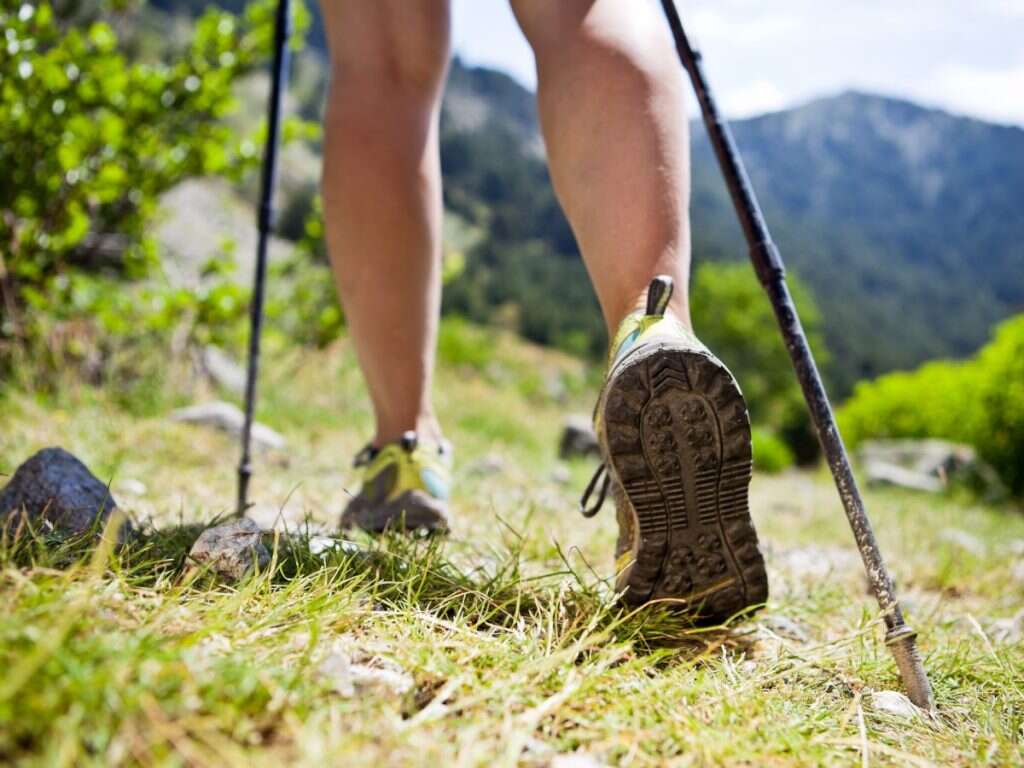
Symptom #2: Tingling in the Affected Area
Another symptom that is commonly experienced in patients with spinal stenosis is tingling in the affected region. The patient may feel that the tingling is localized to only a specific part of the body but it may affect anywhere that the associated nerve provides sensation to.
The majority of patients have likened the sensation to having “pins and needles”.
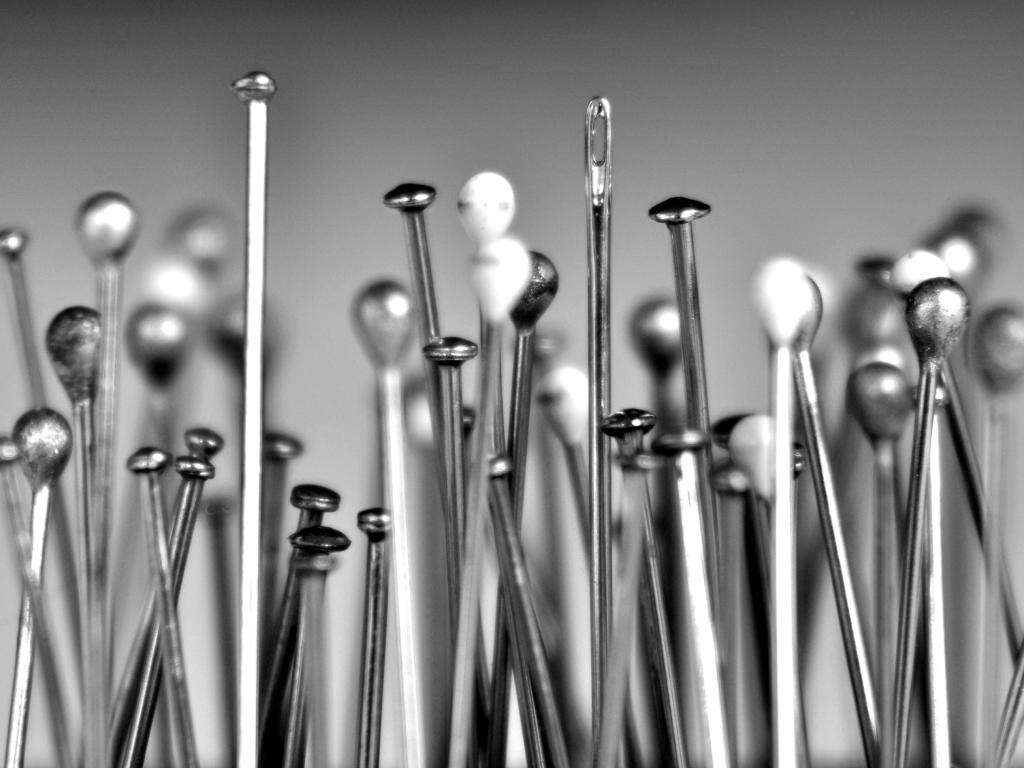
Symptom #3: Neck Pain
In patients with cervical stenosis, or stenosis in the region of the neck, neck pain is a common symptom. This occurs as the spinal canal (where the spinal cord is) or spinal foramen (where the nerve comes out of) becomes narrower by calcium deposits or arthritis. Bone spurs can also develop additional pressure leading to pain in the neck and its surrounding areas such as the upper back, shoulders, and sometimes may even radiate down the arm.
Cervical stenosis can be debilitating as there is a high amount of nerves passing through the neck. Patients have described the pain as tingling, numbing, pins and needles, and sometimes in severe cases, feels as if it is burning.
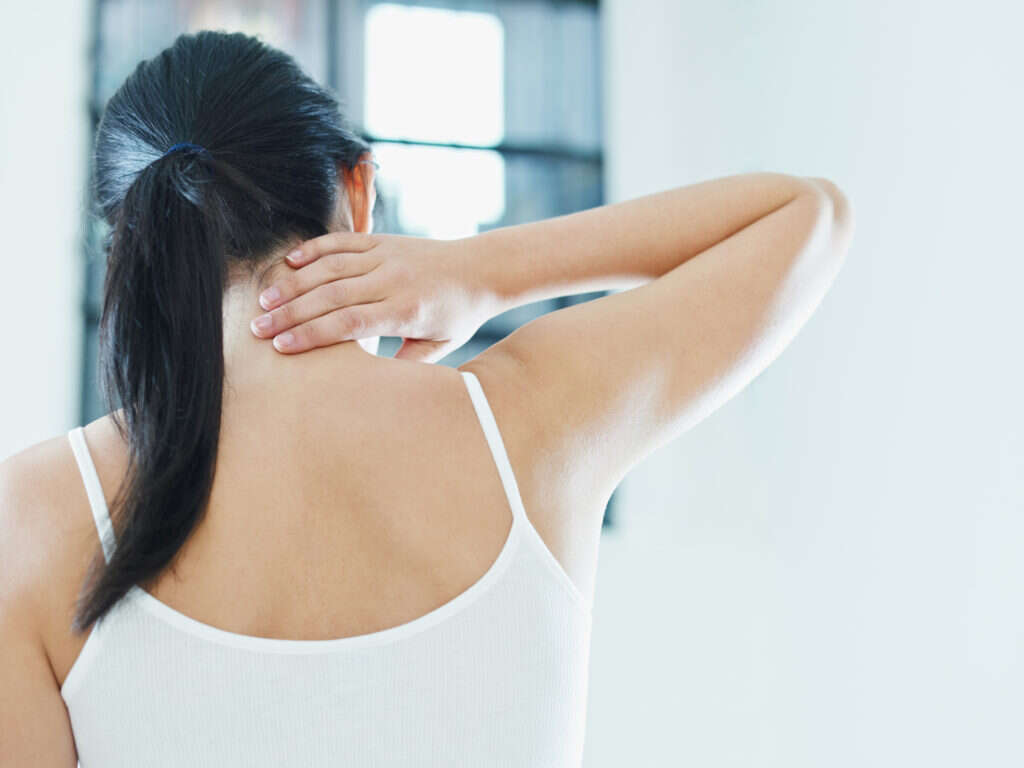
Symptom #4: Changes in Bowel and Bladder Habits
Bowel and bladder changes are most commonly seen in patients with lumbar stenosis. In severe cases, cauda equina syndrome may occur. It is a condition that happens when there is damage to the nerves at the part after the spinal cord has ended. It is a medical emergency.
The symptoms of cauda equina include low back pain, saddle paresthesias (pins and needles/numbness/tingling on the inner parts of the legs where a saddle would touch) pain radiating down the leg, urinary and fecal incontinence, and numbness around the anus. It can be of a gradual or acute onset. Besides spinal stenosis, cauda equina syndrome can be caused by herniated intervertebral discs, cancer, trauma, epidural hematoma, or epidural abscess. Diagnosis is confirmed using medical imaging and surgery is required.

Symptom #5: Leaning Forward
If you noticed that you or your loved one is constantly leaning forward, ask them why. It has been observed that many individuals affected by spinal stenosis often lean forward as it helps relieve the pain. This occurs as bending forward alleviates the pressure that causes pain.
By leaning forward, the compressed nerves at the upper or lower part of the spine are relieved of some pressure. This method of pain relief is temporary, and the pain will eventually return. Seek medical attention for a definitive treatment plan.
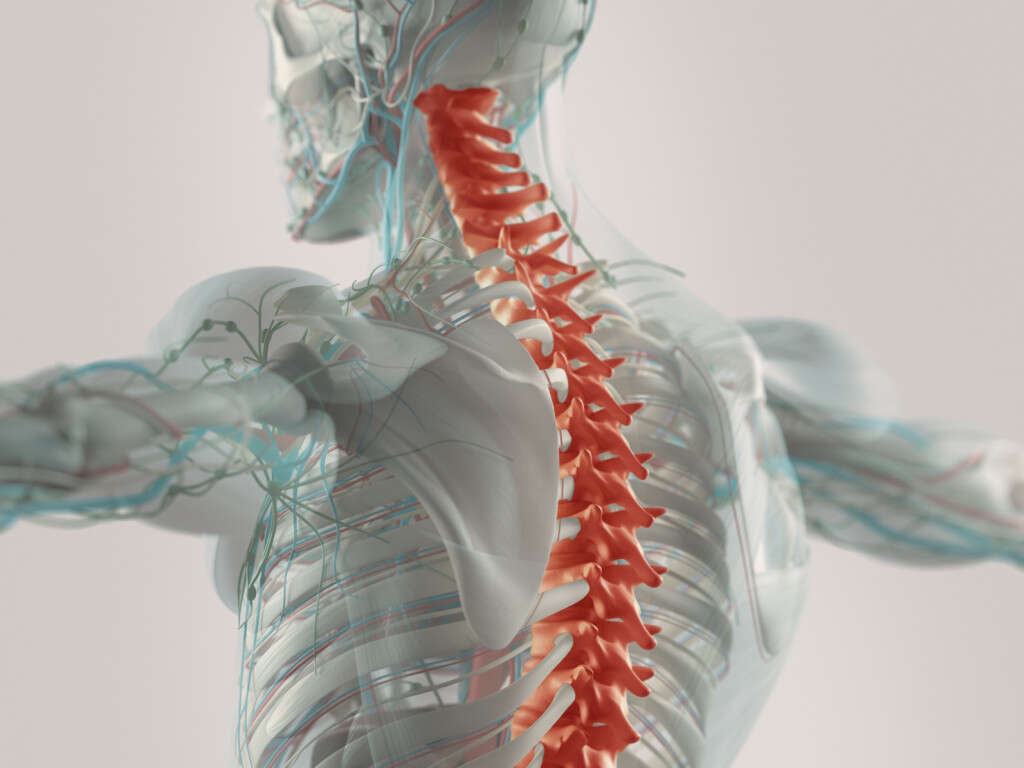
Symptom #6: Pain Waves
Many patients with spinal stenosis often report that their pain comes in waves. This means that the pain is not consistent but is temporary, intermittent, and intense. Many say that their pain lasts several hours to a few days. It is recommended that in these situations, it is best to rest and restrict movement.
Using a cold pack on the affected region might also help as it aids in reducing inflammation of the tissue that may worsen the pain. Heat should be considered for muscle spasms of the back or of the limbs that may be associated with spinal stenosis.

Symptom #7: Arthritis
There are many patients with spinal stenosis who concurrently suffer from some form of arthritis. There are two main types of arthritis (rheumatoid arthritis and osteoarthritis) that can affect the spine. Osteoarthritis affects the joints as there is breakdown of the bone and joint cartilage leading to pain, stiffness, and narrowing of the canals that the nerves go through (which is stenosis).
Rheumatoid arthritis is an autoimmune condition which leads to swollen, stiff, and painful joints. Individuals with rheumatoid arthritis have a higher tendency to develop spinal stenosis as their condition progresses. Treatment and management is supportive and aims to control disease progression.
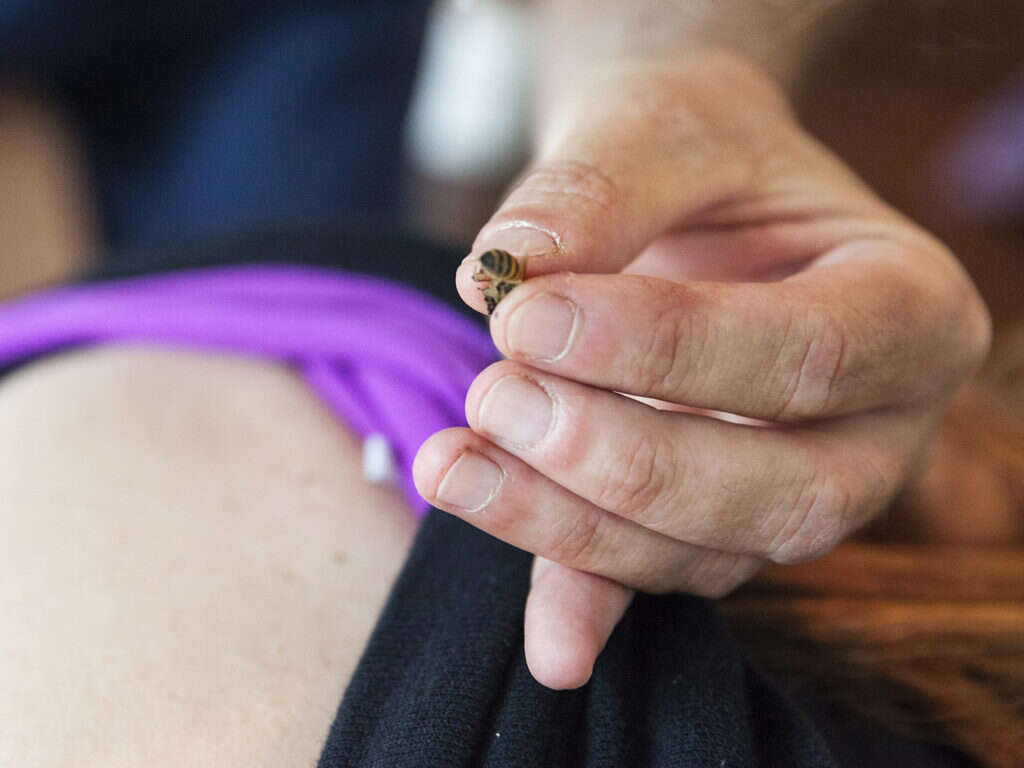
Symptom #8: Posture
Individuals with a healthy spine are more likely to have a healthy posture and visa versa. Posture is important as it affects the health of the spine. In spinal stenosis, patients often have a change in posture as they are forced to move or walk a certain way to minimize the pain they feel.
Some are even forced to walk with walking aids such as a walker as the narrowing of the canals affect the nerves. In extreme cases, the patient is not able to get a good night’s sleep or rest as the pain affects them and wakes them up in the middle of the night when they turn or shift positions. This can lead to excessive tiredness, fatigue, daytime sleepiness, and irritability.
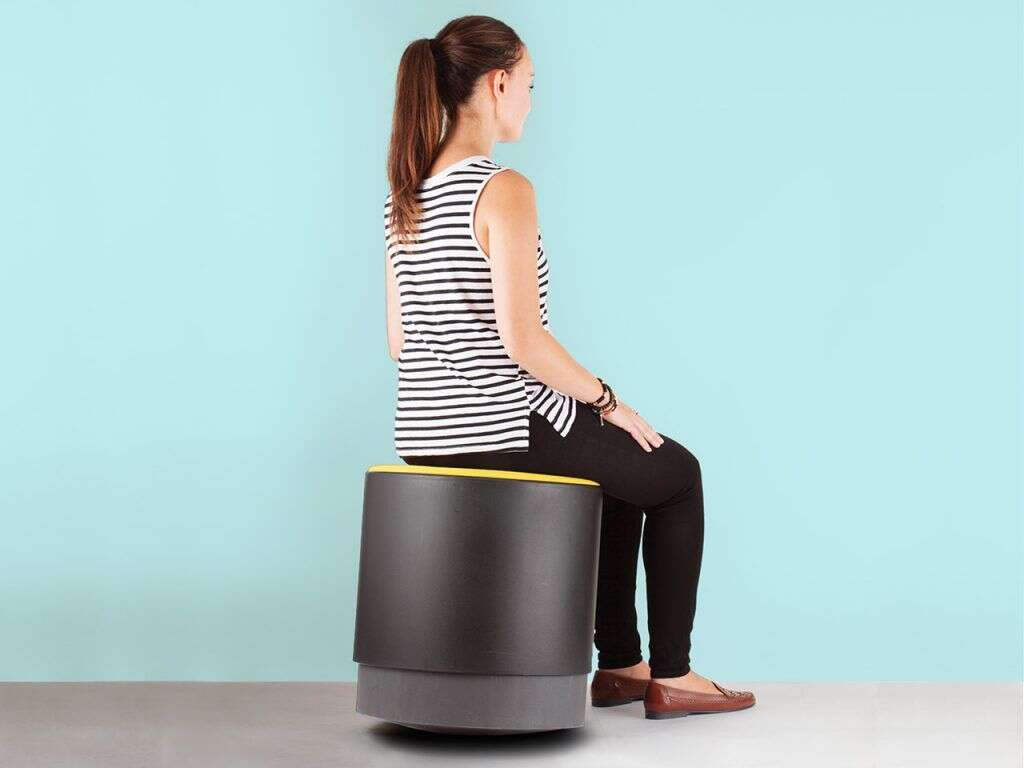
Symptom #9: Difficulty with Normal Activities
Patients with spinal stenosis often find it difficult to perform their daily routines or even basic movements such as bending down to pick up an object they dropped or standing up after sitting. Since the nerves in the spinal cord are compressed, it can be difficult to keep the back straight or in a position that has the least amount of pain. As previously established, this can lead to changes in posture. There is also difficulty standing for a prolonged duration as the weight of the body is supported by the spine.
By standing up, the body weight adds extra pressure on the compressed nerves and can lead to more pain. When one is in pain, the muscles in the surrounding area also tighten up trying to compensate and reduce the pain. While this may work temporarily, prolonged contraction of the muscles lead to stiffness and cramps which can contribute to pain.
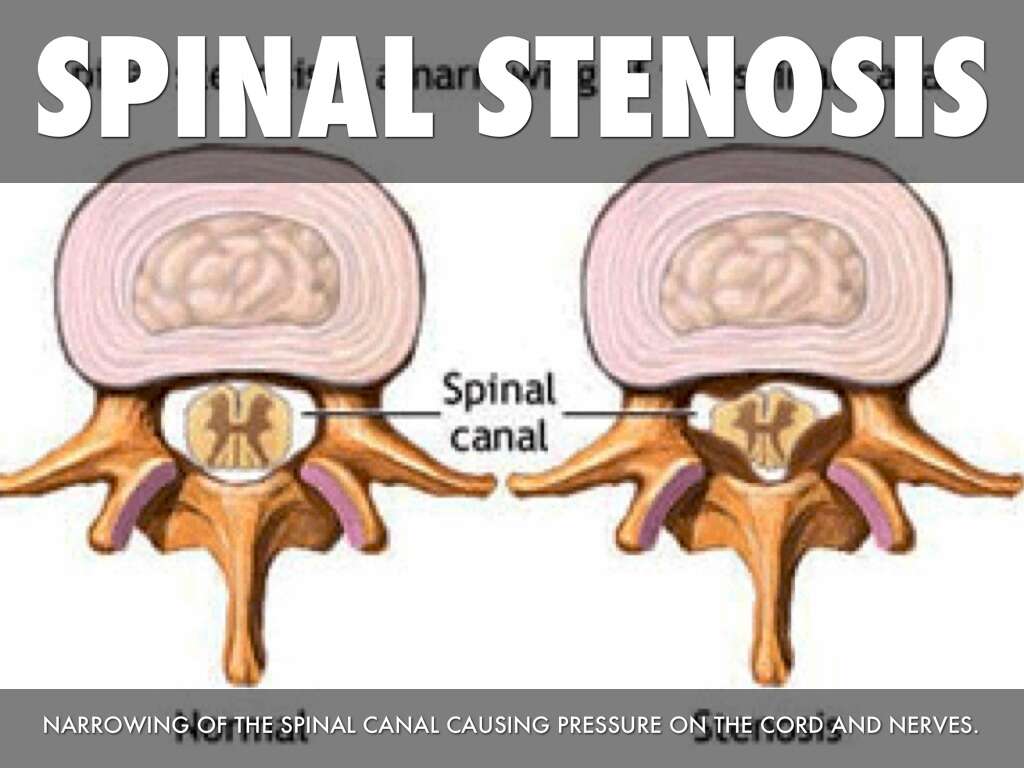
Symptom #10: Gluteal Pain
The term “glutes” is a term that refers to the buttocks. In individuals with spinal stenosis especially in the lumbar region, the pain can be felt in the buttocks and radiate down the leg on the affected side. The buttocks are an important area where many nerves pass down from the spine to the legs. Any compression of nerves in this region can cause debilitating pain to the point where the affected individual is unable to sit, stand, walk, or move.
Pain is slightly relieved when the patient is lying down on his or her back to keep the alignment of the body straight and to reduce compressive forces. Pain can be managed first with conservative measures such as rest, medication to relieve pain, physical therapy, exercise, stretching, steroid injections, acupuncture, and chiropractic care. If there are no improvements or should symptoms worse, surgery may be required.




